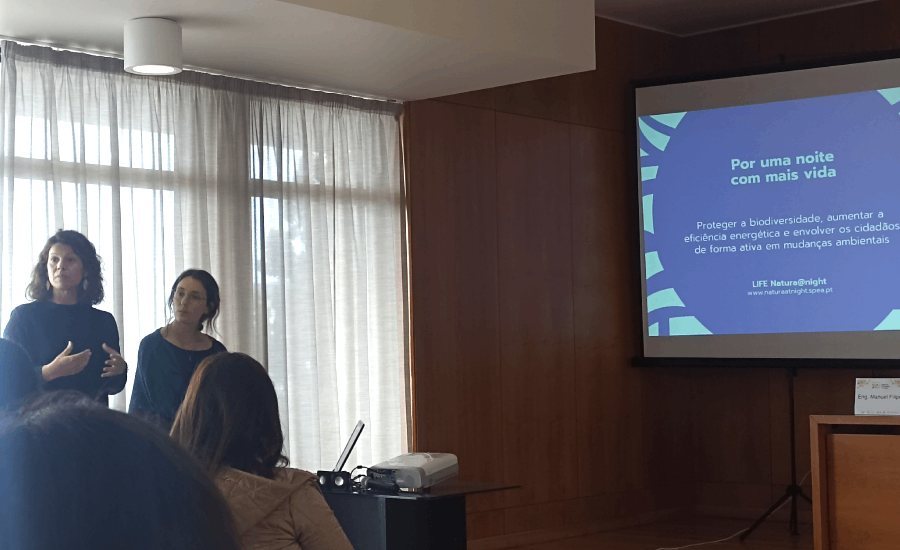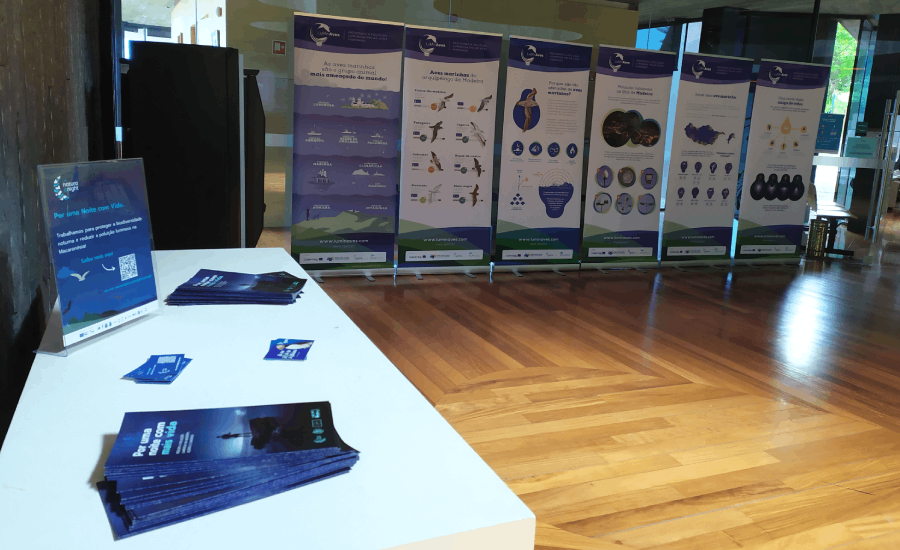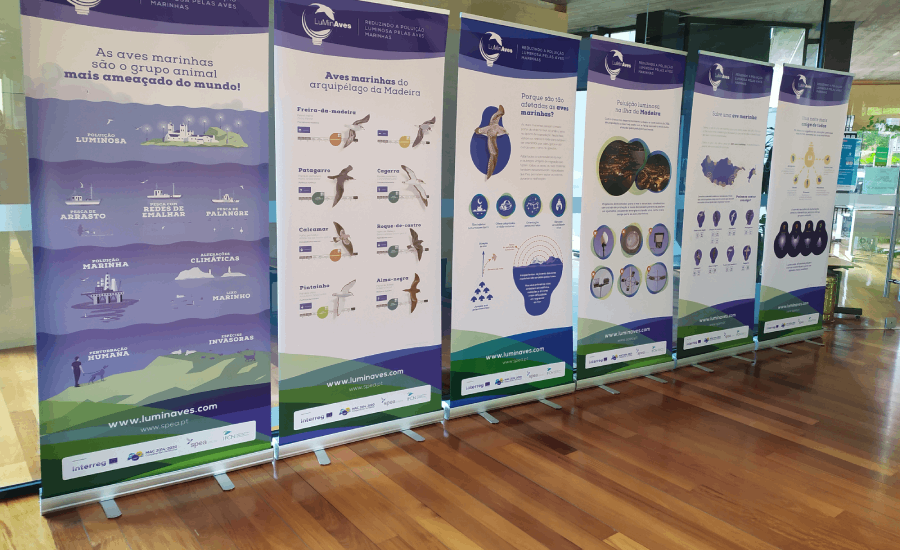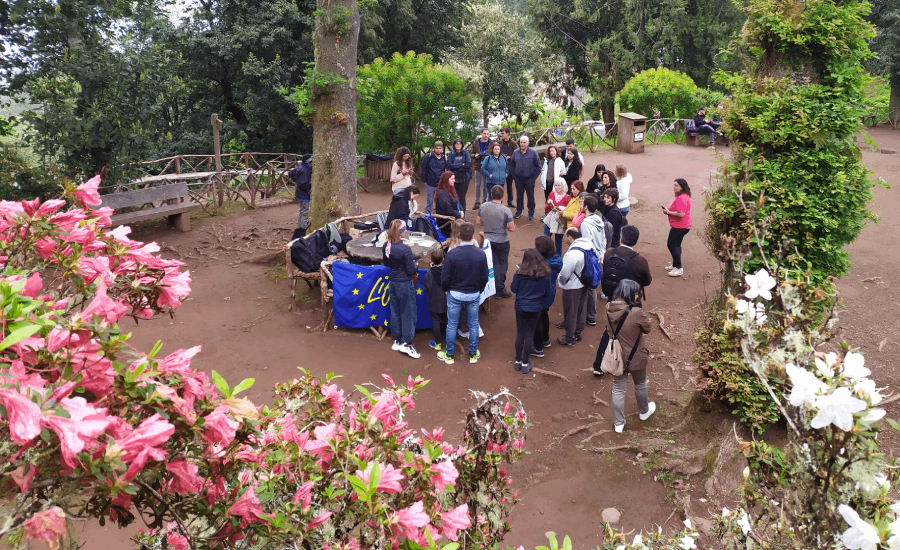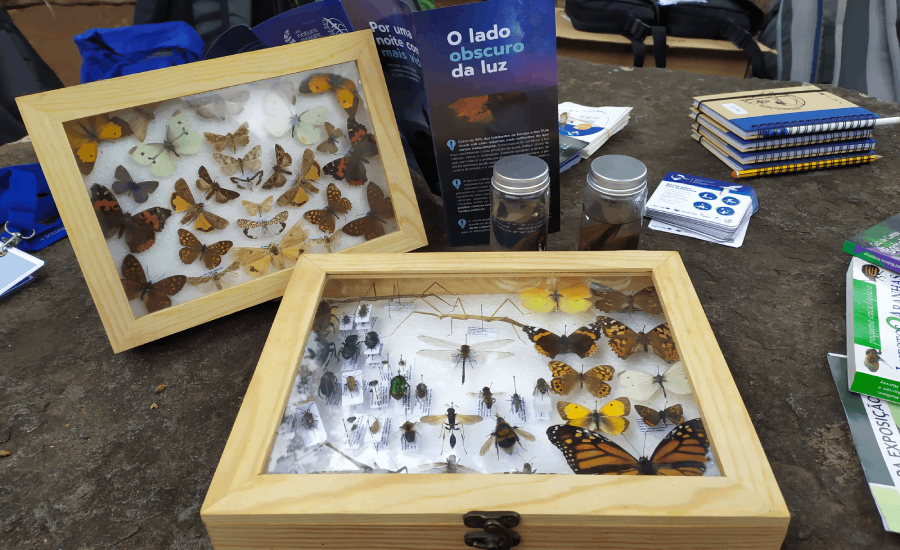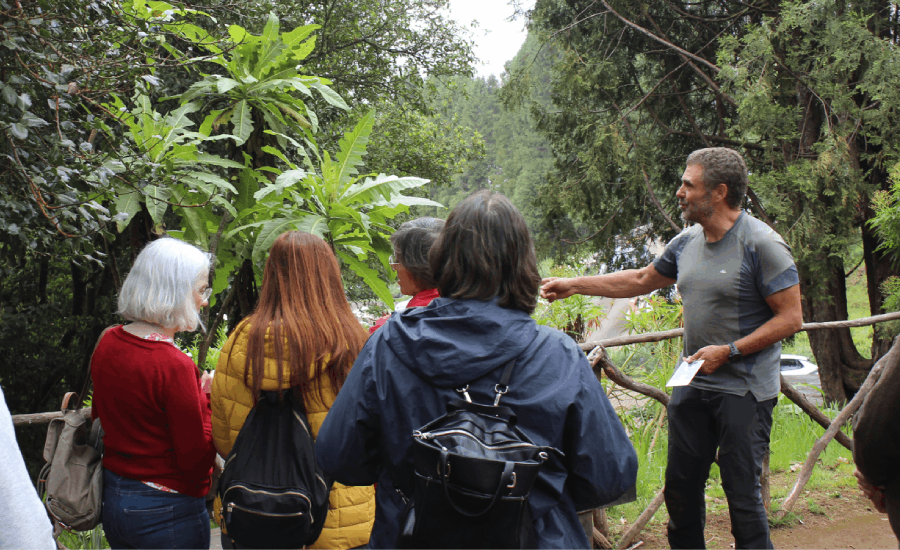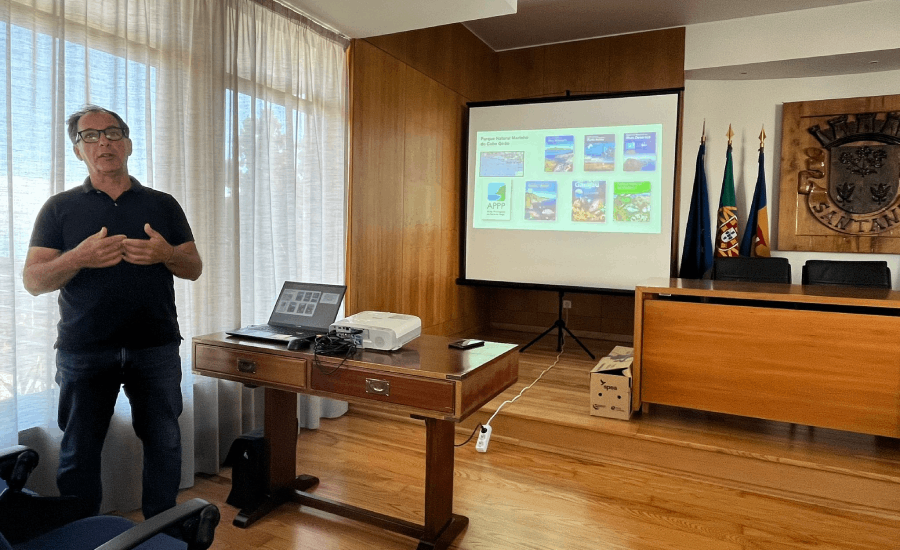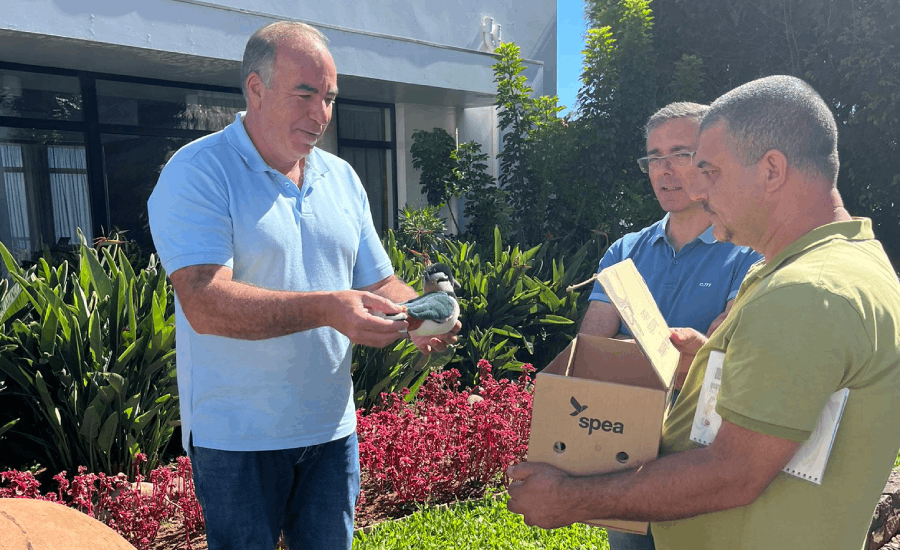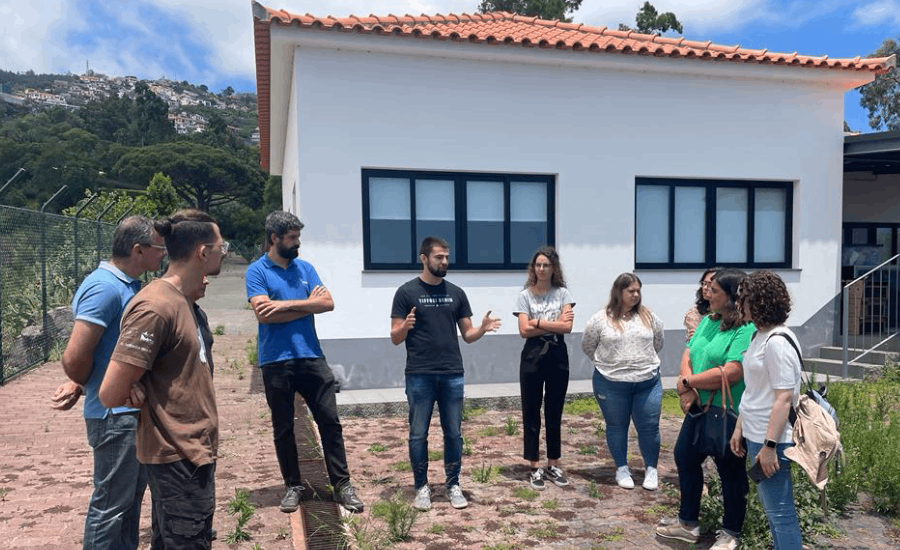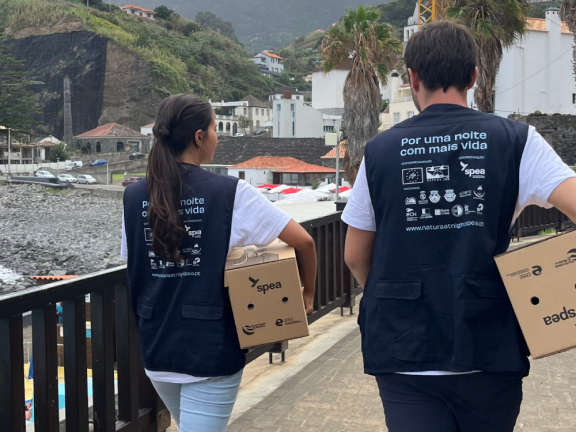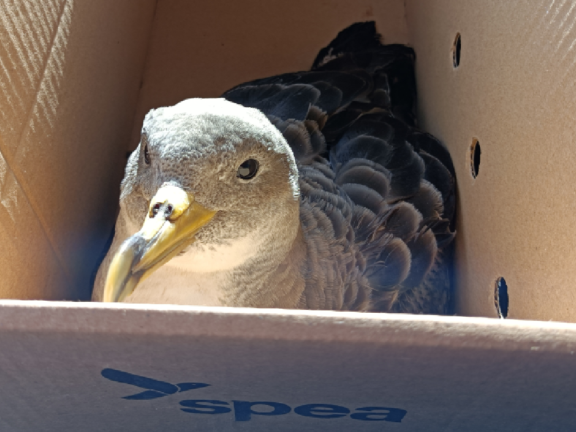Throughout 2023, SPEA and Santana City Council developed a series of joint activities under the project, in order to spread knowledge about the issue of light pollution, raising awareness among the population.
Festival of Biosphere Reserves Portugal
The Festival of Portuguese Biosphere Reserves was one of the activities that integrated the project “Biosphere Reserves: sustainable territories, resilient communities”, funded by EEA Grants 2014-2021, under the Programme “Environment, Climate Change and Low Carbon Economy” promoted by the General Secretariat for Environment and Climate Action. The 1st Edition of the Festival of Portuguese Biosphere Reserves took place from April 21 to May 7, 2023. From the 12 existing national reserves, it fell to Santana (Madeira), Graciosa (Azores) and Berlengas (Peniche) reserves to host the 1st Edition of the Festival. The high point of the programme, in the Santana Biosphere Reserve, took place between 21st and 24th April. Of the many activities held, it is worth highlighting the Seminar “Biosphere Reserve Challenges and Potentialities, which was attended by Dr. Cátia Gouveia, coordinator of SPEA Madeira, the BioBlitz Laurissilva@night, which took place in the Queimadas Forest Park, and the exhibition “Seabirds, their threats and conservation” also with the partnership of SPEA Madeira.
- Seminar “Biosphere Reserve Challenges and Potentialities”
In the context of the first Festival of Biosphere Reserves Portugal, the Seminar “Biosphere Reserve Challenges and Potentialities” took place on 21 April 2023, at 14h30, in the Noble Room of Santana Municipality. It had a diverse range of speakers, Dr. Cátia Gouveia (SPEA Madeira), Dr. João Monteiro (MARE Madeira), Eng. Manuel Filipe (IFCN), Prof. Ângela Morais (Escola B+S Bispo D. Manuel Ferreira Cabral) and Dr. Licínia Soares (Porto Santo Biosphere Reserve). The aim of this seminar was to emphasize the potentialities of the Biosphere Reserve and the future challenges facing these territories.
- “Seabirds, their threats and conservation” Exhibition
During the festival, SPEA’s exhibition was on display at Santana’s Civic Centre for visitors to learn about the 8 species of seabirds breeding in the Madeira Archipelago, as well as the threats they face.
- BioBlitz Laurissilva@night
This first BioBlitz in Madeira Archipelago took place during the Festival of Biosphere Reserves of Portugal, in the framework of the LIFE project Natura@night, on the 22nd April, at the Queimadas Forest Park, with 37 participants and 5 experts on the different groups of living beings. A BioBlitz is an educational and scientific event, whose objective is to find and identify the largest number of species of fauna and flora, in a short period of time and in a delimited area.
Inauguration of the interpretative panel “For a night with more life”.
Under the LIFE Natura@night project, the Municipality of Santana and SPEA Madeira, inaugurated an interpretative table, last June 21, at 11am, at the Guindaste viewpoint (Faial). This is one of the actions developed by the project, with the aim of encouraging good lighting practices, thus mitigating light pollution and reducing the impacts on nocturnal biodiversity. The inauguration was attended by 3rd and 4th grade students of the 1st Cycle of School B1/PE/C of Faial and São Roque do Faial.
Training in seabird rescue to the technicians of Santana’s Municipality
On the past June 14, took place in the Salão Nobre da Câmara Municipal, a training in seabirds rescue addressed to the technicians of Santana’s municipality. In the training were discussed, by SPEA Madeira, the theme of light pollution and how it affects seabirds and the rescue campaigns carried out by this organization. The IFCN presented the Rede SOS Vida Selvagem and all the work developed by the technicians. Soon after the presentations, a practical component was given, about the seabird rescue procedures. The training culminated with a visit to the Wild Birds Recovery Centre, where the technicians of Santana municipality could observe the various aspects of the centre and the work developed there. The high point of the visit was the release of a lesser kestrel, already recovered, to its natural environment.
